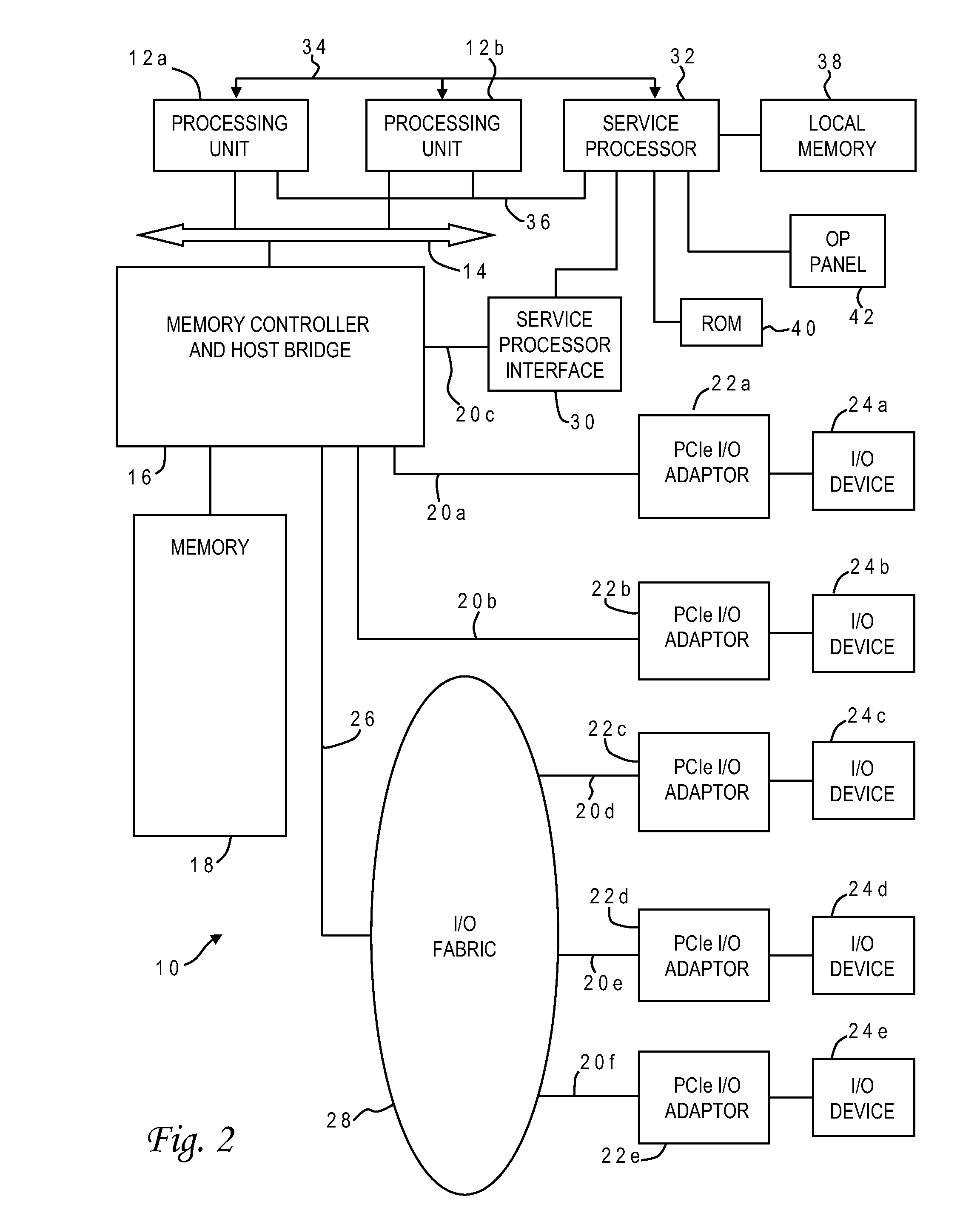Return address optimisation for a dynamic code translator
a dynamic code translator and return address technology, applied in the field of computer system and emulation, can solve the problems of taking a significant amount of time and thus cost to port an older software application to a new platform, affecting the development efficiency of the application, and not necessarily enabling programmers to understand the application's architecture and logi
- Summary
- Abstract
- Description
- Claims
- Application Information
AI Technical Summary
Benefits of technology
Problems solved by technology
Method used
Image
Examples
Embodiment Construction
(s)
[0015]Dynamic code translation, also referred to as dynamic binary translation (DBT), is a form of binary translation which takes place in real-time, that is, as an application is executing on the target machine. DBT translates a basic block and caches the resulting sequence. Code is only translated as it is discovered and when possible, and branch instructions are made to point to already translated and saved code (memoization). DBT differs from simple emulation by eliminating the emulator's main read-decode-execute loop (a major performance bottleneck), but incurs large overhead during translation time. This overhead is hopefully amortized as translated code sequences are executed multiple times during continued program execution. QuickTransit was a cross-platform virtualization program developed by Transitive Corp. which utilized DBT. It allowed software compiled for one specific processor and operating system combination to be executed on a different system architecture witho...
PUM
 Login to View More
Login to View More Abstract
Description
Claims
Application Information
 Login to View More
Login to View More - Generate Ideas
- Intellectual Property
- Life Sciences
- Materials
- Tech Scout
- Unparalleled Data Quality
- Higher Quality Content
- 60% Fewer Hallucinations
Browse by: Latest US Patents, China's latest patents, Technical Efficacy Thesaurus, Application Domain, Technology Topic, Popular Technical Reports.
© 2025 PatSnap. All rights reserved.Legal|Privacy policy|Modern Slavery Act Transparency Statement|Sitemap|About US| Contact US: help@patsnap.com



